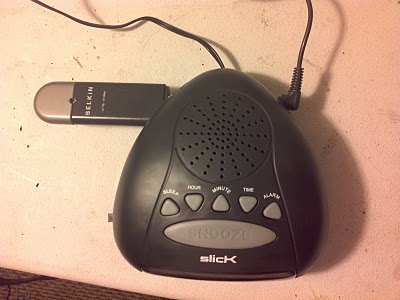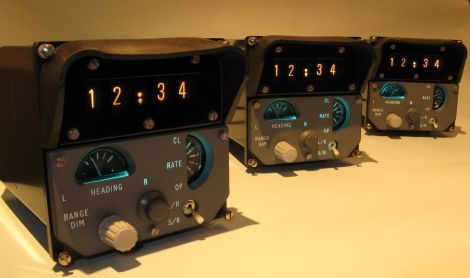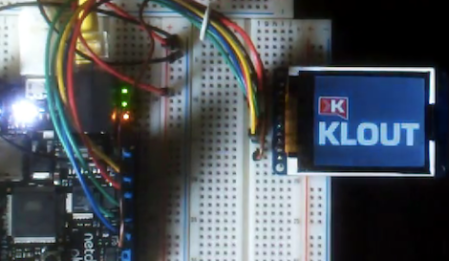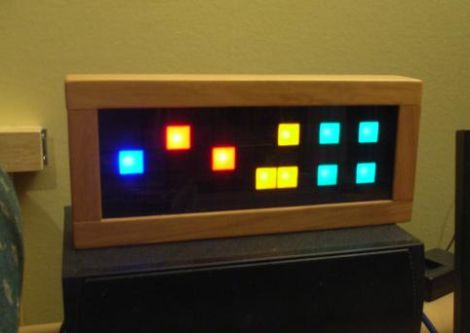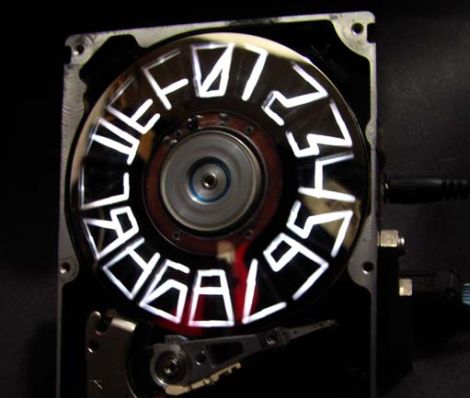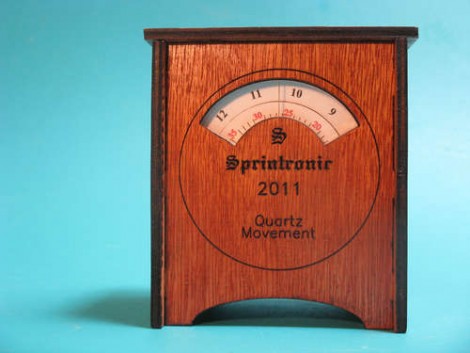
[Doug Paradis] found a simple way to use dials instead of hands on a clock. Actually, that’s pretty much the entire hack… use dials instead of hands. He grabbed a battery-operated clock movement from the hobby store, then printed out one dial for hours, another for minutes, robert’s your mother’s brother, and you’ve got a new clock. The case seen above is laser cut, with a window and index line that helps you read the time precisely.
But instead of building a case, we’d like to try this with some retro equipment. The first thing that pops to mind is to replace the disks on a broken strobotuner, like the big-dialed model that Conn used to make. If you’re not down with the bulky music hardware-turned-clock perhaps there’s an old multi-meter, or a panel gauge that can be repurposed for this. We know [Doug] already has some needle meters sitting around that would be perfect for this.

